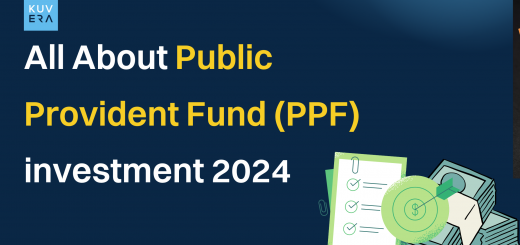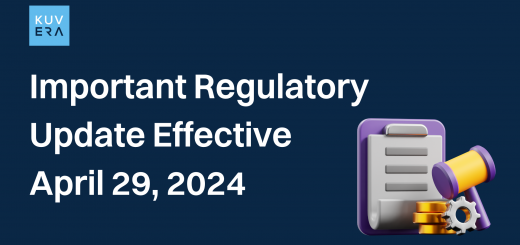Inflation is a term that frequently makes headlines, but do you truly understand its various facets and how they affect your everyday life?
In this article, we’ll explore not only the conventional inflation but also lesser-known types like shrinkflation and stagflation. By the end, you’ll have a clearer picture of how these different forms of inflation can impact your finances.
Understanding Inflation
Inflation is the gradual increase in the prices of goods and services over time, resulting in a decrease in the purchasing power of your money. While the concept of inflation is widely recognized, its various forms might not be as familiar.
1. Shrinkflation: When Less is More Expensive
Shrinkflation is a sneaky way companies combat rising costs without raising prices outright. Instead of increasing the price of a product, they reduce its size or quantity while keeping the cost the same. You end up paying the same amount for less.
Impact on You: Shrinkflation can silently erode your budget. Pay attention to the size of products you regularly purchase, as they may be shrinking right before your eyes.
2. Stagflation: A Puzzling Predicament
Stagflation is an unusual economic scenario where inflation rises, unemployment remains high, and economic growth stagnates. It’s a challenging situation for policymakers because the usual tools for combating inflation or unemployment may not work.
Impact on You: Stagflation can result in reduced job opportunities, decreased consumer spending power, and a more challenging economic environment.
3. Hyperinflation: An Economic Nightmare
Hyperinflation is an extreme form of inflation where prices skyrocket uncontrollably. It can lead to the devaluation of a country’s currency and economic instability.
Impact on You: Hyperinflation can wipe out your savings and make it nearly impossible to plan for the future. It’s especially devastating for retirees.
4. Core Inflation: Stripping Away Volatility
Core inflation is a measure that excludes volatile elements like food and energy prices. Economists use it to gauge underlying inflation trends.
Impact on You: Core inflation helps central banks make more informed monetary policy decisions, which can indirectly affect interest rates on your loans and savings.
5. Demand-Pull Inflation: Chasing Limited Goods
Demand-pull inflation occurs when the demand for goods and services exceeds their supply. It’s often linked to strong economic growth.
Impact on You: While demand-pull inflation indicates a healthy economy, it can lead to higher prices for essential goods and services.
6. Cost-Push Inflation: Pinched by Rising Costs
Cost-push inflation arises when production costs, like labor or raw materials, increase. Manufacturers may pass these costs onto consumers through higher prices.
Impact on You: Cost-push inflation can lead to higher prices for everyday items and potentially reduce your real income.
7. Built-In Inflation: The Expectation Effect
Built-in inflation occurs when people expect prices to rise and negotiate higher wages or set higher prices in anticipation.
Impact on You: This can create a self-fulfilling prophecy, driving up prices and potentially making your money worth less.
Mitigating Inflation’s Impact
Inflation, in its various forms, can take a toll on your financial well-being. To mitigate its impact:
- Invest Wisely: Consider investments that have the potential to outpace inflation, like stocks or real estate.
- Diversify Your Portfolio: Spread your investments across different asset classes to reduce risk.
- Budget Carefully: Adjust your budget to account for rising prices, especially for essential items.
- Save and Invest Early: Start saving and investing as early as possible to benefit from compounding returns.
- Stay Informed: Keep an eye on economic trends and adjust your financial strategies accordingly.
Conclusion
Inflation is a multifaceted economic phenomenon with various types and impacts. Understanding these different forms of inflation equips you with the knowledge to make informed financial decisions. By staying vigilant, investing wisely, and adapting to changing economic conditions, you can better protect your financial future in the face of inflation’s challenges.
Interested in how we think about the markets?
Read more: Zen And The Art Of Investing
Watch here: Investing through various economic and market cycles
Start investing through a platform that brings goal planning and investing to your fingertips. Visit kuvera.in to discover Direct Plans and Fixed Deposits and start investing today.











